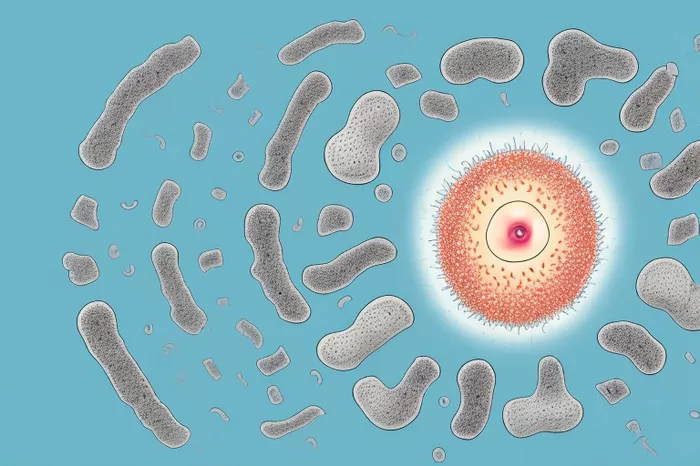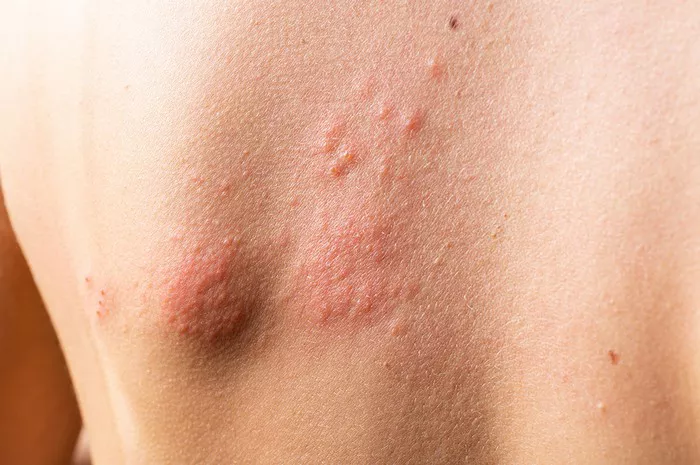Ringworm, despite its name, is not caused by worms. It is a fungal infection that affects the skin, hair, and nails. The infection is commonly identified by a red, circular rash with clear skin in the middle. Ringworm, also known as tinea, can be itchy and uncomfortable, but it is treatable with antifungal creams. In this article, we will explore the best creams to treat and kill ringworm, their effectiveness, how they work, and tips for using them correctly.
What Causes Ringworm?
Ringworm is caused by a group of fungi called dermatophytes. These fungi thrive in warm, moist environments and spread through direct skin-to-skin contact with an infected person, animal, or contaminated object, such as towels or bedding. The infection can occur on different parts of the body, leading to different forms of tinea, such as:
- Tinea corporis (ringworm on the body)
- Tinea pedis (athlete’s foot)
- Tinea cruris (jock itch)
- Tinea capitis (scalp ringworm)
- Tinea unguium (nail infection)
To effectively treat ringworm, antifungal creams are often the first line of defense.
How Do Antifungal Creams Work?
Antifungal creams work by either killing the fungi or stopping their growth. They are applied directly to the infected area and contain active ingredients that target the cell membranes of the fungi, breaking them down and stopping the infection from spreading.
Different creams use different antifungal agents, which are effective in treating various forms of ringworm. Some of the common antifungal agents include clotrimazole, terbinafine, miconazole, and ketoconazole.
Now, let’s look at some of the best creams available for treating ringworm.
1. Lotrimin AF (Clotrimazole)
Clotrimazole is one of the most commonly used antifungal agents and is widely available in over-the-counter creams like Lotrimin AF. This cream is effective for treating a range of fungal infections, including athlete’s foot, jock itch, and ringworm.
How it works: Clotrimazole works by inhibiting the production of ergosterol, an essential component of the fungal cell membrane. Without ergosterol, the fungal cell membrane weakens, leading to the death of the fungus.
Application: Apply a thin layer of Lotrimin AF cream to the affected area twice daily (morning and night) for at least 2-4 weeks, even if symptoms disappear before this time.
Benefits:
- Effective for multiple types of fungal infections.
- Affordable and available over-the-counter.
- Generally well-tolerated with minimal side effects.
2. Lamisil (Terbinafine)
Terbinafine, the active ingredient in Lamisil, is another powerful antifungal agent. It is particularly effective in treating ringworm and athlete’s foot.
How it works: Terbinafine inhibits an enzyme called squalene epoxidase, which is necessary for fungal cell wall synthesis. By disrupting this enzyme, terbinafine causes a buildup of toxic squalene inside the fungus, which leads to its death.
Application: Lamisil should be applied once or twice a day for one to two weeks, depending on the severity of the infection.
Benefits:
- Fast-acting, often clearing up symptoms in as little as one week.
- Proven efficacy in clinical studies.
- Suitable for both adults and children over 12 years old.
3. Micatin (Miconazole)
Micatin, containing miconazole, is another over-the-counter antifungal cream effective in treating ringworm.
How it works: Miconazole works similarly to clotrimazole by interfering with ergosterol production, leading to a weakened fungal cell membrane and eventual fungal death.
Application: Apply the cream twice a day to the affected area for up to four weeks, even if symptoms improve sooner.
Benefits:
- Effective against a variety of fungi.
- Readily available and affordable.
- Minimal side effects, mostly limited to mild skin irritation in sensitive individuals.
4. Tinactin (Tolnaftate)
Tinactin, which contains tolnaftate, is another effective treatment for ringworm, particularly in mild cases. It is also commonly used to treat athlete’s foot and jock itch.
How it works: Tolnaftate prevents the growth of fungi by inhibiting the growth of fungal cells.
Application: Apply a thin layer to the infected area twice daily. It’s important to continue the treatment for up to four weeks, even if symptoms disappear earlier.
Benefits:
- Effective for mild cases of ringworm.
- Available without a prescription.
- Works well on both dry and moist fungal infections.
5. Ketoconazole Cream
Ketoconazole is another powerful antifungal agent available in both prescription and over-the-counter creams. It is often recommended for more stubborn cases of ringworm that do not respond to other treatments.
How it works: Ketoconazole works by blocking the production of ergosterol, weakening the fungal cell membrane and causing the fungus to die.
Application: Apply once or twice a day, depending on the severity of the infection. Ketoconazole is often used for two to four weeks or longer, depending on the doctor’s recommendation.
Benefits:
- Strong antifungal agent, effective against more stubborn infections.
- Also effective for other skin conditions like seborrheic dermatitis and dandruff.
- Can be used on sensitive skin areas such as the scalp and face.
6. Econazole Nitrate Cream
Econazole is another prescription antifungal cream used for treating ringworm and other fungal infections. It is particularly effective in cases where over-the-counter treatments fail.
How it works: Econazole disrupts fungal cell membrane integrity, killing the fungus and preventing further growth.
Application: Apply to the affected area once or twice daily for two to four weeks. Even after symptoms disappear, continue using the cream to prevent recurrence.
Benefits:
- Effective for persistent fungal infections.
- Can be prescribed for different types of ringworm, including body and groin infections.
- Minimal side effects, though some patients may experience mild irritation or burning.
Tips for Using Antifungal Creams
Using antifungal creams correctly is essential for getting rid of ringworm. Here are some tips to ensure the treatment is effective:
1. Clean and Dry the Affected Area
Before applying the cream, clean the affected area with soap and water, then gently pat it dry. Fungi thrive in moist environments, so keeping the skin dry is crucial.
2. Apply a Thin Layer
Use a small amount of cream and apply it in a thin layer to the affected area. Ensure that you extend the application slightly beyond the visible rash to treat any fungi that may not be visible yet.
3. Don’t Stop Treatment Too Soon
Even if the symptoms of ringworm disappear, continue using the cream for the full recommended duration. Stopping treatment too early can lead to a recurrence of the infection.
4. Avoid Sharing Personal Items
To prevent the spread of ringworm, avoid sharing towels, clothing, and bedding with others while you are undergoing treatment.
5. Wash Hands After Application
After applying the cream, wash your hands thoroughly to prevent spreading the infection to other areas of your body or to other people.
When to See a Doctor
While most cases of ringworm can be treated with over-the-counter creams, there are instances when you should seek medical advice:
- If the infection does not improve after two weeks of using antifungal creams.
- If the infection is widespread or severe.
- If the infection occurs on the scalp, as oral antifungal medication may be necessary.
- If you have a weakened immune system, such as from diabetes or medications that suppress the immune system.
Conclusion
Ringworm is a common but treatable fungal infection. The best creams to kill ringworm include Lotrimin AF (clotrimazole), Lamisil (terbinafine), Micatin (miconazole), Tinactin (tolnaftate), ketoconazole cream, and econazole nitrate cream. These antifungal agents work by attacking the cell membranes of fungi, ultimately leading to their death.
By following the treatment regimen as directed and maintaining good hygiene, you can effectively get rid of ringworm and prevent it from spreading. However, if the infection persists, worsens, or spreads, it’s important to consult a healthcare professional for further advice.
Related topics:


























